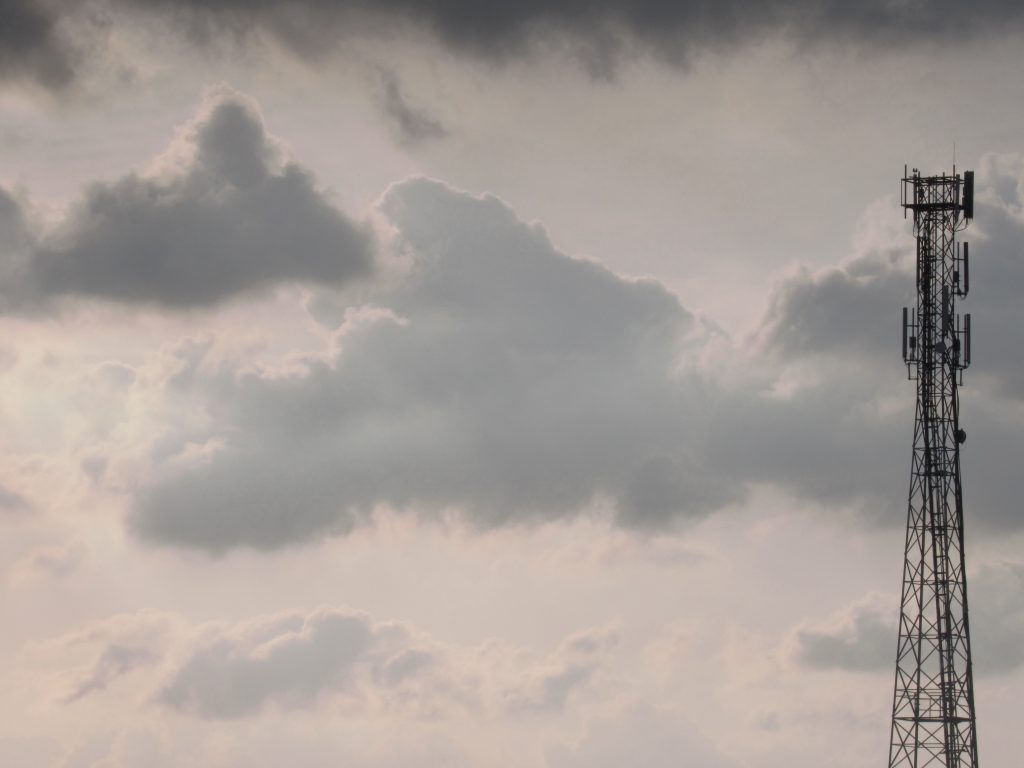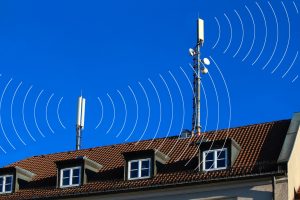
When it comes to setting up your cellular antenna, one of the biggest challenges customers face is minimising path loss as much as possible.
As the electromagnetic waves emitting from your antenna propagate through space, they come into contact with a number of attenuating obstacles which result in a reduction in power density. This is what is known as path loss and its usually expressed in decibels (dB).
Things like the distance between the transmitting and receiving antenna, interference, and the qualities of the medium through which the signal is flowing can all result in path loss which leads to poor and unreliable cellular connectivity.
But don’t worry! We’ve compiled a list of expert tips to help you overcome these connectivity issues and set up your cellular antenna for optimal performance:
Tip 1: Positioning is key
It is critical to position your antenna in an open region with a clear line of sight to the nearest cellular tower. Buildings, trees, and other things that might interfere with your signal should be avoided. Remember that line of sight is not a straight line, more like a rugby ball shape called the Fresnel zone, so bear this in mind when positioning your antenna.
Tip 2: Aim high
The higher you can install your antenna, the stronger the signal. Remember that as a rule, obstacles nearer the antenna will obstruct the RF signal more than ones further away because they will diffract, reflect and scatter a greater portion of the emitted electro-magnetic (EM) waves. Installing your antenna on a rooftop or other elevated area will reduce the number of near obstacles and create a better line of sight with the cell tower.
Tip 3: Check your cable
Ensure that your antenna is linked to a high-quality cable of the appropriate length for your configuration. The thicker and shorter the cable, the lower the signal loss. Siretta’s antennas are made with high-quality cables that are designed to minimize signal loss and ensure optimal performance for your cellular antenna.
Tip 4: Use MIMO antennas
Multiple Input Multiple Output (MIMO) antennas are an excellent way to boost cellular signal strength. To enhance the quantity of data streams and improve overall signal quality, you can deploy several antennas at both the transmitter and receiver. MIMO antennas can also improve data throughput and decrease the likelihood of lost connections.
Tip 5: Test and adjust
Placement and orientation of a cellular antenna can be somewhat of a trial-and-error process, especially for high gain directional antennas, where micro-adjustments in positioning can make all the difference. That’s why for cellular setups, we recommend using Siretta’s SNYPER Signal Analyser series. https://www.siretta.com/products/cellular-network-analysers/
The SNYPER is a device that monitors the received signal strength of each cell within the tester’s range, which can be used to select the best operator as well as the bands of operation employed on the site. The antenna can be linked to the SNYPER in LiveSCAN mode at the time of installation, allowing the received signal strength to be measured in real time and allowing the antenna to be moved around to locate the ideal position for optimal reception. This is extremely handy for configuring high gain directional antennas.
By following these simple tips, you can maximize your cellular connectivity and ensure that your business operations run smoothly. If you have any questions or need assistance with your antenna setup, please contact our Support Team [email protected]


